
Nepal
, Tuesday (5/5). (Photo:Widi/MINA)" width="300" height="226" /> One of the member of MER-C Team, provide medical assistance to a resident in the village Ramche, Nepal, Tuesday (5/5). (Photo:Widi/MINA)Kathmandu, 18 Rajab 1436/7 May 2015 (MINA) – A number of earthquake victims still living in refugee camps in some areas in Nepal, and currently experiencing shortage of clean water, toilets, waste disposal, and sanitation.
The statement said by the team of international humanitarian agency Medical Emergency Rescue Committe (MER-C) in collaboration with Wanadri, who conducting initial assessment in the south of Kathmandu (Bakhtapur, Lalipur and Bongmati).
The Team Leader of MER-C, Wanadri to Nepal, Soedrajat Saleh said, if this crisis is not addressed he feared local residents would suffer from diarrhea, abdominal cramps, as well as several other diseases that could be turned into an epidemic.
“It is feared, soon there will be an outbreak of diarrheal disease in the local community,” Saleh Soedrajat told Mi’raj Islamic News Agency (MINA), recently.
Also Read: Pakistan Condemns Israeli Settler Attacks in West Bank, Al-Aqsa Storming
The untouched area
Saleh also explained some of the villages around the district Sindupalcowk, such as Gumba vos, Golche vos, and Parangtang, has not been touched by medical assistance.
Sindhupalcowk area located in northeast of Kathmandu. It takes six hours by road (car) from Kathmandu to reach the area.
Meanwhile, the Nepalese government only provides access to the National Disaster Management Agency (BNPB) for two regions only, namely Lalithpur and Satungal.
Also Read: China Criticizes US-Drafted UN Gaza Resolution as Vague, Abstains from Vote
“It is very possible for foreign assistance agency, such as MER-C to be able to reach the area around the District Sindupalcowk. In addition having a team of doctors, there are institutions which are not directly afiliated with BNPB, “said Saleh.
Previously, the assistance team of Medecins Sans Frontieres said the initial mapping by air concluded 65 villages around Kathmandu, capital of Nepal, was destroyed by the 7,8-scale earthquake.
The United Nations said in a report, an estimated eight million people in 39 districts have been affected by the quake. Access to water and sanitation in refugee camps in Kathmandu and Bhaktapur become a major issue.
A total of 160.786 houses were destroyed and 143.673 homes have been damaged. UN OCHA estimates that 2.8 million people displaced and more than 3.5 million people need food. Around 70,000 homes were destroyed and another 530,000 damaged.
Also Read: Former Bangladesh PM Sheikh Hasina Sentenced to Death
Based on the data from the Government of Nepal, the casulaties so far has risen into 7365 people, while the 13.923 other injured.
The highest number of casualties recorded in Sindhupalchowk region (2,560 people), Kathmandu (1,622 people) and Nuwakot. Every assistance from other countries is still flowing into Nepal, including Indonesia.(L/P008/R04)
Mi’raj Islamic News Agency (MINA)
Also Read: Pakistan Declares State of War After Car Bomb Incident





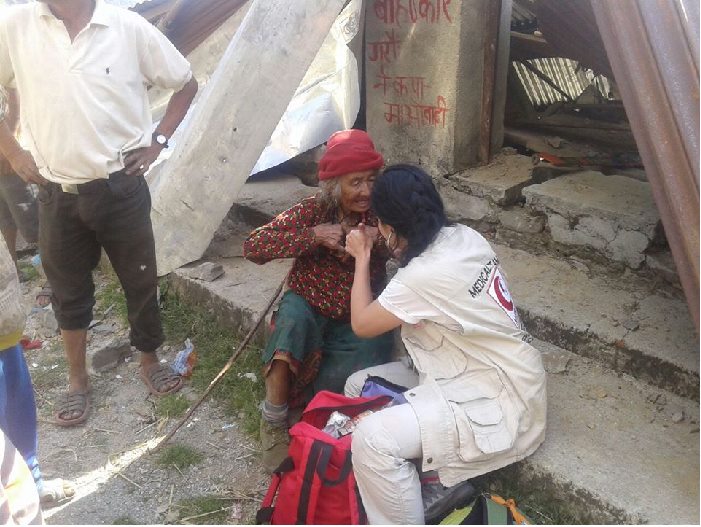


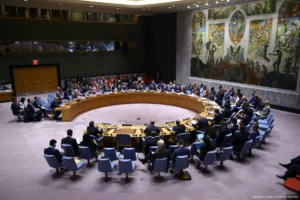
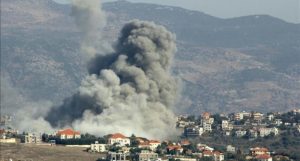

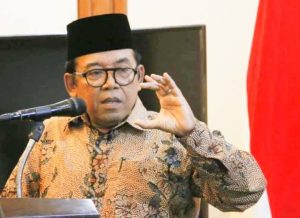
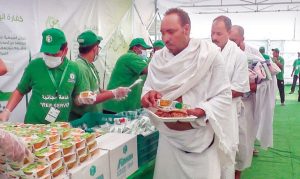
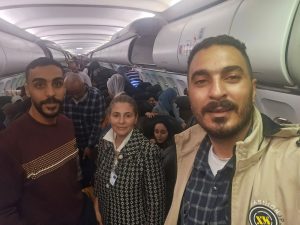
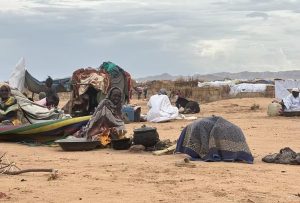
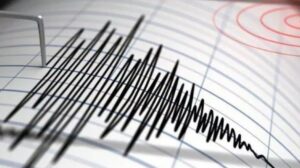

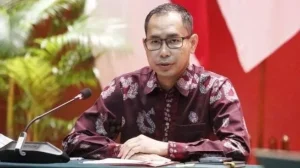

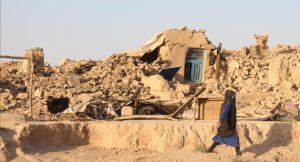
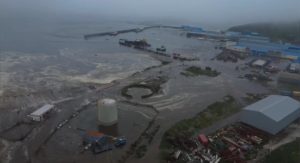





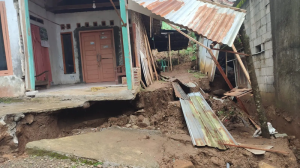






 Mina Indonesia
Mina Indonesia Mina Arabic
Mina Arabic